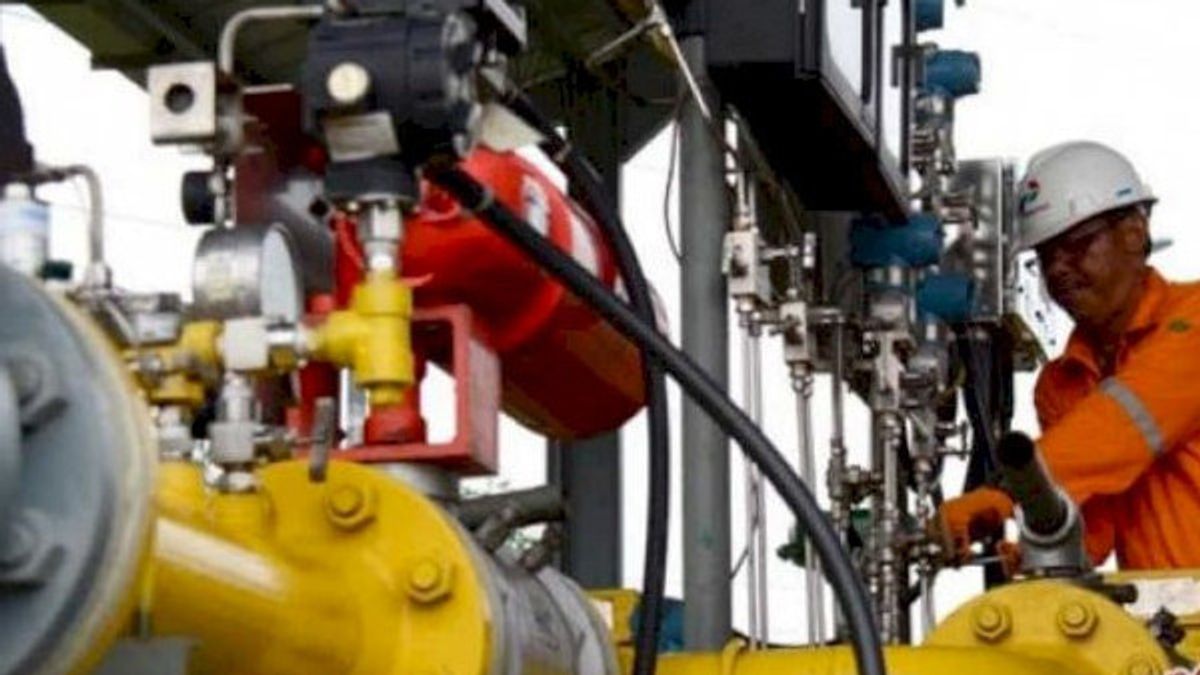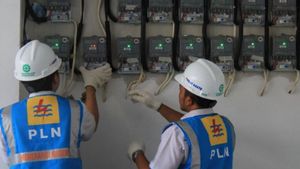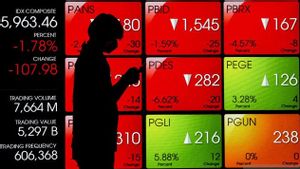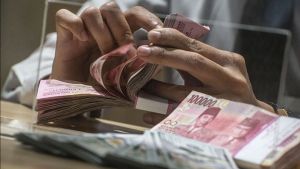JAKARTA - The oleochemical industry has almost no impact from the COVID-19 pandemic. This is reflected in the export volume which has continued to increase since 2019. The Indonesian Oleochemical Producers Association (Apolin) targets this year's export volume to reach 4.7 million tons. However, there are obstacles faced, one of which is the price of industrial gas.
Apolin General Chair Rapolo Hutabarat said that the export volume in 2019 was 3.2 million tons with a value of 2.04 billion US dollars. Then it increased to 3.77 million tons or 2.64 billion in 2022, and in 2021 it increased again to 4.2 million tons or reached 4.42 billion US dollars.
"From the point of view of the oleochemical industry, with the current situation, we are very grateful because both in terms of volume, the value of our exports will continue to increase in 2019 to 2021," he said in Jakarta, quoted on Tuesday, April 19.
In 2022, said Rapolo, Apolin targets the export volume of the oleochemical industry to reach 4.4 to 4.7 million tons with a value of around USD 4.7 billion.
"Hopefully it can be achieved. That's based on performance expectations two months ago. From the side of the country our main destination is still dominated by China, which is the largest, then the European Union, then India, then the Middle East, and Africa. That's our main export destination," he said.
In the midst of increasing export targets, Rapolo admits that there are obstacles faced by the oleochemical industry. First, the price of industrial gas which is not in accordance with Presidential Regulation no. 121 of 2021 concerning Determination of Natural Gas Prices.
The regulation, which was implemented in mid-2021, stipulates that some industries will receive a special price of USD 6 per MMBTU (Million British Thermal Unit).
Rapolo said 90 percent of the oleochemical industry players received a price of USD 6 per MMBTU. However, the compliance of cooks to keep gas prices at US$6 per MMBTU has continued to decline since 2021.
"Only 80 percent of the allocated price of 6 US dollars, the other 20 percent is subject to commercial tariffs, meaning above the price of the Presidential Decree," he said.
Second, accusations of dumping by the European Union and India due to subsidies provided by the government. Last year, the two markets contributed about 23.07 percent of the export value by chemicals and 20.47 percent of the export volume.
Exports to the European Union in 2021 will reach around 590,000 tons with a value of 710 million US dollars. Meanwhile, exports to India reached 270,000 tons worth 310 million US dollars.
VOIR éGALEMENT:
Currently, said Rapolo, the national oleochemical industry is undergoing an investigation from the world trade organization or the WTO to answer the accusations of the two markets until 2024.
Furthermore, Rapolo said that if Indonesia were to be blamed or penalized and charged for these accusations, there is a potential loss for the European Union market of more than IDR 6 trillion. Meanwhile, the potential for the Indian market if Indonesia loses is approximately IDR 8 trillion.
"So this is very disturbing for us from the business side," he said.
According to Rapolo, his party has also collaborated with several parties such as the Coordinating Ministry for the Economy, the Ministry of Trade, the Ministry of Industry, and the Ministry of Finance to discuss the issue.
"Indeed, like it or not, we have to ask for a helping hand from the government to provide assistance. It's just that it's still under discussion," he said.
For your information, oleochemicals are any chemical derived from fat. Examples of chemically processed products are butter, bath soap, dish soap, hand soap, and cooking oil. One of the main raw materials for the oleochemical industry in Indonesia is palm oil.
The English, Chinese, Japanese, Arabic, and French versions are automatically generated by the AI. So there may still be inaccuracies in translating, please always see Indonesian as our main language. (system supported by DigitalSiber.id)













